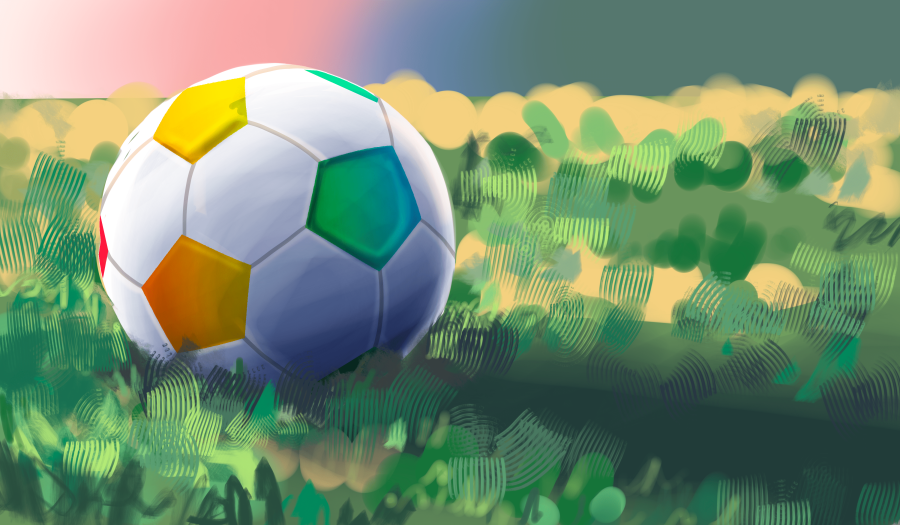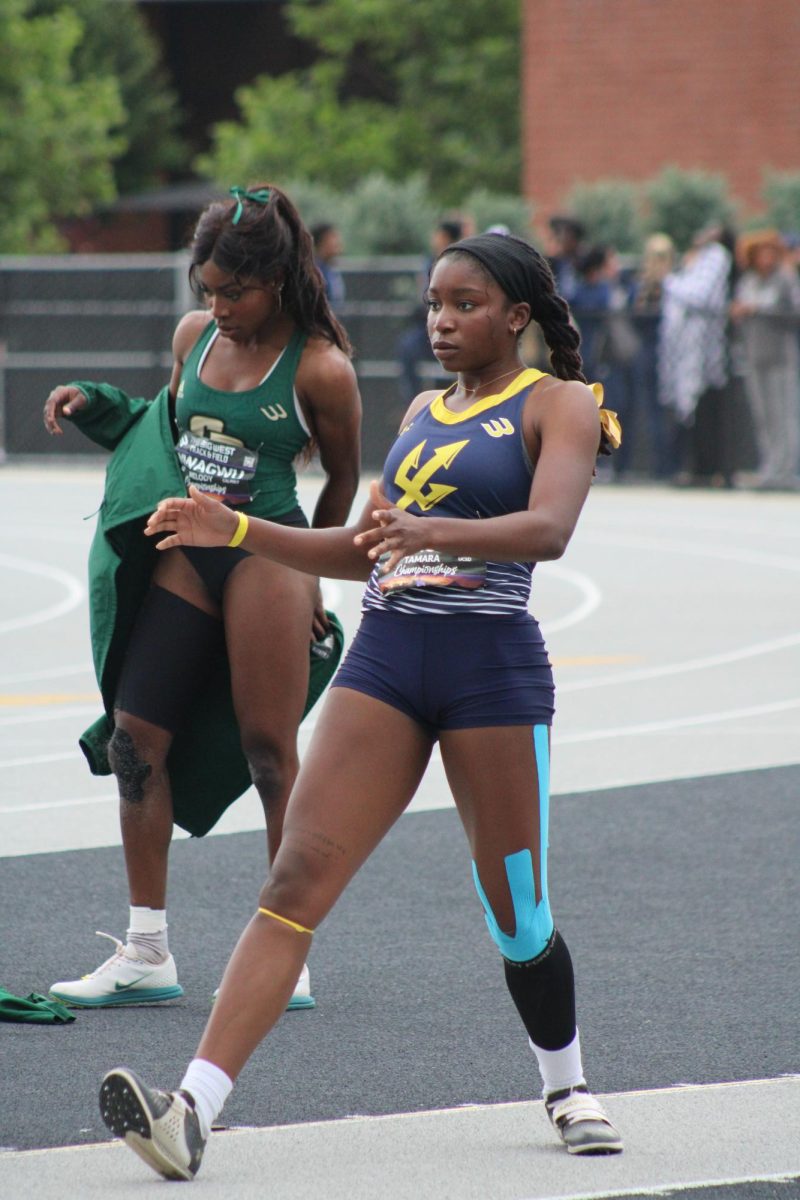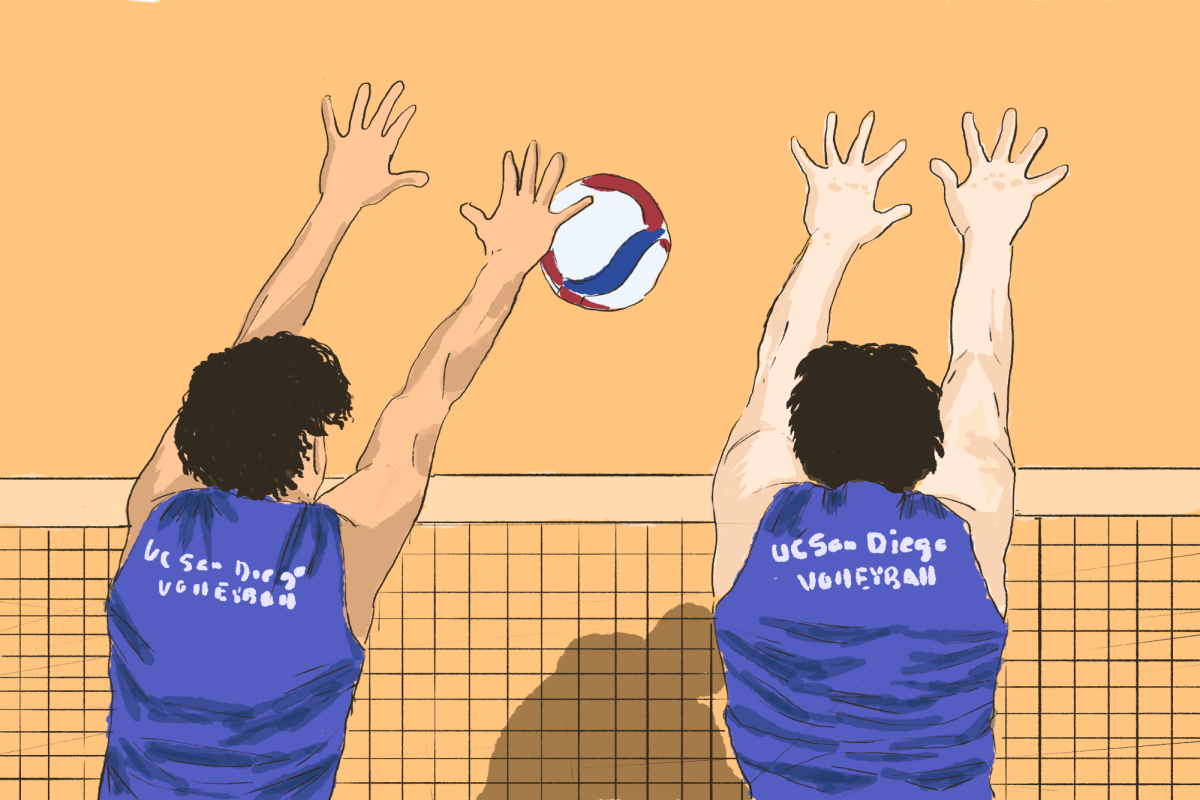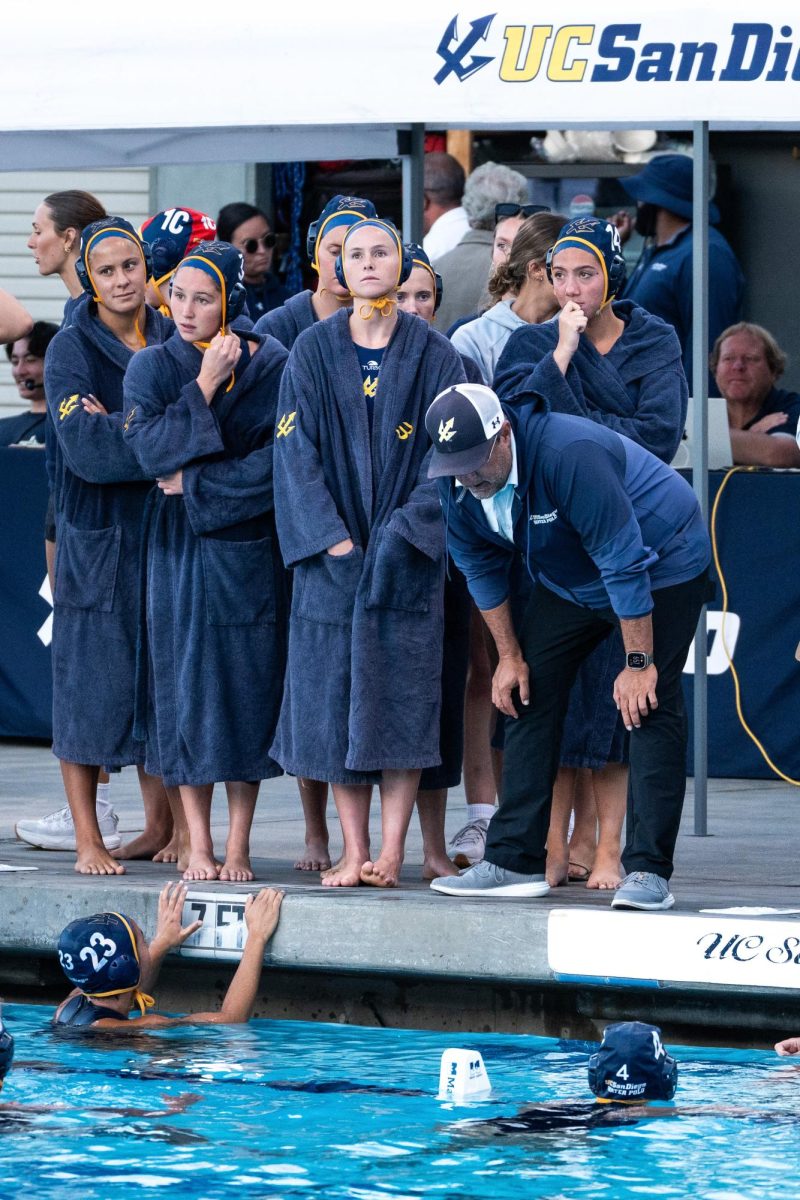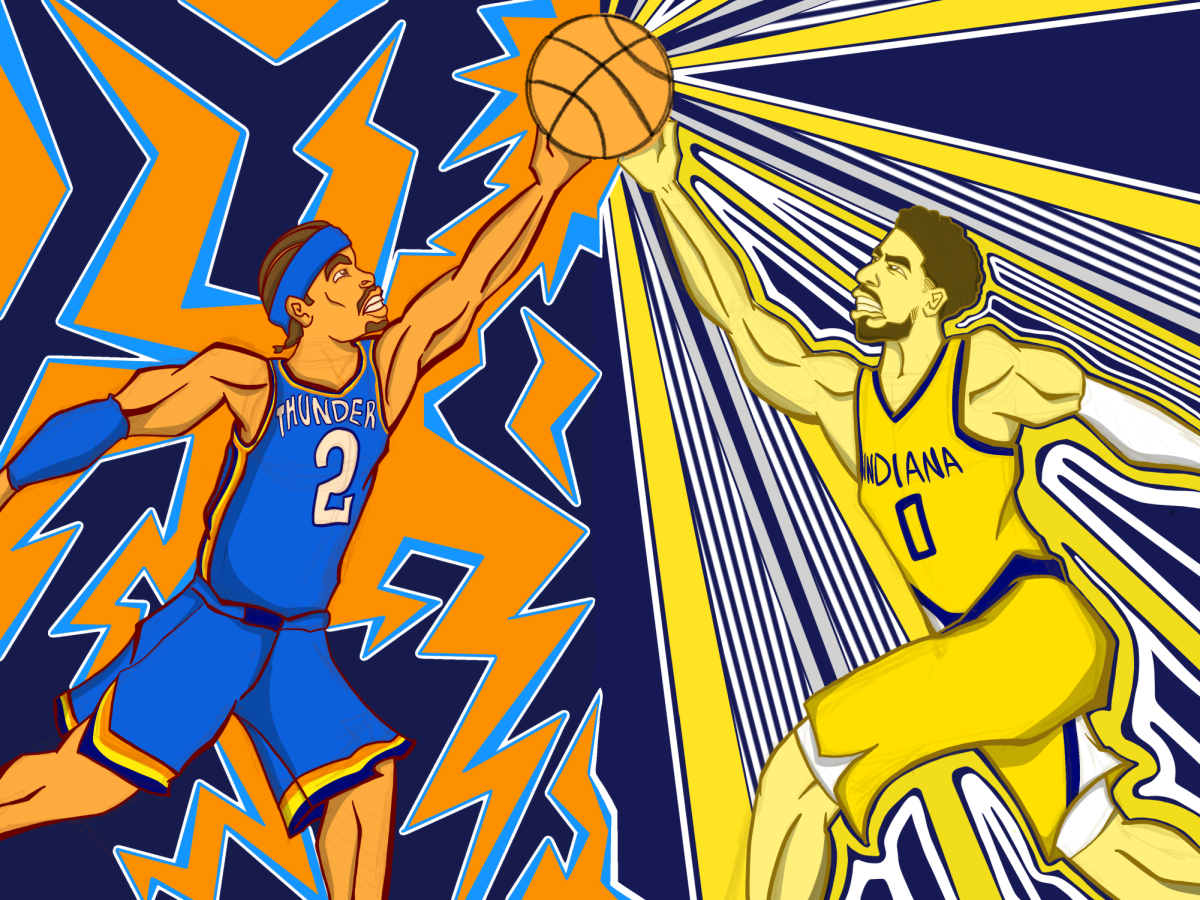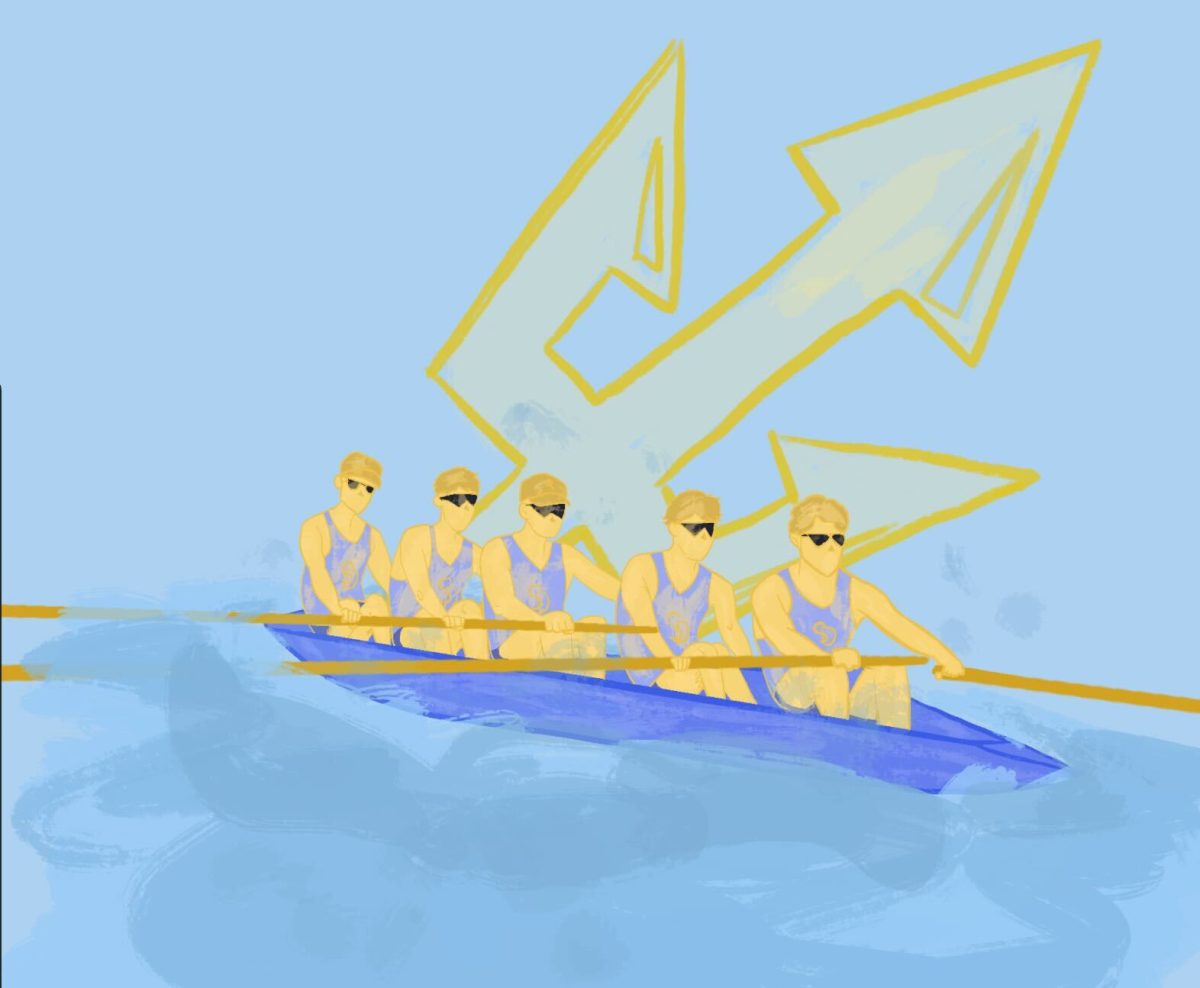Last week, Jake Daniels came out as gay. In doing so, he became one of the very few openly out, active male professional soccer players in the world, and the first one in the United Kingdom since Justin Fashanu in 1990.
Daniels is a 17-year-old forward at Blackpool F.C. This season at the northwestern club has been full of milestones and accomplishments for the local lad. He signed his first professional contract with Blackpool, scored 30 goals, made his first team debut, and has now made this monumental personal step in deciding to come out, a decision that not only affects his life, but will certainly have ripples throughout the game. Daniels has received support across the sport, as well as from notable public figures such as British Prime Minister Boris Johnson and Olympic diver Tom Daley.
The announcement is massive in the soccer world, its significance in the sport extending well beyond soccer in the UK. Professional soccer, like many popular sports such as American soccer, baseball, or basketball, is well-known and perhaps even infamous for its rarity of openly LGBTQ players. Despite soccer’s massive international popularity, and the diversity of its community, there exists a stigma around deviations from heteronormativity that remains a black spot on the sport as a whole.
There are many factors to consider when someone decides to come out, and professional athletes are in perhaps an even more delicate situation. They contend with these factors as well as others unique to life as a public figure, like the pressure to use their status to be a role model to other LGBTQ people, the massively-wider audience their announcement will reach, and the greater number of people who could react negatively, all within the atmosphere of a sport that was practically built on toxic masculinity.
Soccer is popularly considered to be a masculine sport, and there has long persisted an expectation of “manliness” in the soccer world, where to be gay was to not belong. To be considered a good player, rough tackles and other outward displays of “manliness” on the pitch were expected. In an interview with Sky Sports, Daniels himself addressed this topic. In the interview, Daniels saidg that the soccer atmosphere has long associated itself with masculinity such that being gay is placed in contrast with “being a man,” and that coming out brings with it the fear of being perceived as weak both by the opposition and the fans. In recent years, as the world has become a more welcoming place for LGBTQ people, so has the soccer world, evident in various club-driven efforts like the Rainbow Laces campaign run through British LGBTQ charity Stonewall. However, despite this progression, the homophobia that has been so present in soccer history has not gone away.
Before Daniels, the most recent male player to come out was Adelaide United’s Josh Cavallo, who came out as gay seven months ago in October 2021. The Australian, who turned 22 in November, received widespread international support and messages of solidarity from the public, as well as other clubs and players. However, in January of this year, he was subject to homophobic abuse by the crowd at an away match, and online abuse on social media. While Cavallo has experienced an outpouring of support since he publicly came out, there remains a shockingly large number of people who refuse to adhere to basic principles of kindness, acceptance, and decency. The danger of experiencing this kind of abuse is a shadow that lingers over any LGBTQ player’s internal debate over whether or not to show who they really are to the world.
Among players as well, acceptance is far from universal. In the week following Daniels’ announcement, Idrissa Gueye, of Paris Saint-Germain, reportedly sat out of a match against Montpellier in response to his team’s decision to wear shirts with rainbow-patterned numbers. His decision has received support on social media from other players like Cheikhou Kouyate of Crystal Palace, Papy Mendy of Leicester City, and Ismaila Sarr of Watford, his national teammates for Senegal, as well as the President of Senegal, Macky Sall. Gueye’s protest has raised the issue of a culture war, as well as the tightrope soccer walks in practicing acceptance while trying to maintain the sport’s appeal to all of its very diverse fans.
It is a much different story in women’s soccer. There are several openly LGBTQ female players currently playing, the most recognizable probably being Chelsea F.C. Women’s couple Pernille Harder and Magda Eriksson, whose candid moment of celebratory affection was the subject of one of the most iconic soccer photos of 2019. Perhaps it is due to the fact that the women’s game receives less attention than the men’s, and certainly the absence of such potent toxic masculinity has something to do with it. Whatever the case, the difference in stigma between men’s and women’s soccer is a gaping chasm that soccer needs to address.
It is for this reason that Daniels’ coming out is so important. This stigma cannot be changed, much less done away with, if no player actually challenges it by coming out. Although it is somewhat unfortunate that almost all of the burden is carried by a 17-year-old, Jake Daniels is embracing this task of helping other players who also want to finally reveal their whole self to the world.
“No one’s done it, just no one has the confidence to do it yet, so I want to be that role model to do it, maybe push people to be able to come out,” Daniels said.
He wants to establish himself as a point of contact for players as well as a role model for LGBTQ fans who are also looking for someone like them in the sport they love.
At the end of the day, Daniels’ decision to come out means everything, not just for himself to finally be able to be honest about who he is, but for the wider soccer community as a whole that has long needed this representation yet has been overwhelmingly lacking it until now. Hopefully, this is just the beginning.
Art by Nicholas Regli for the UCSD Guardian


